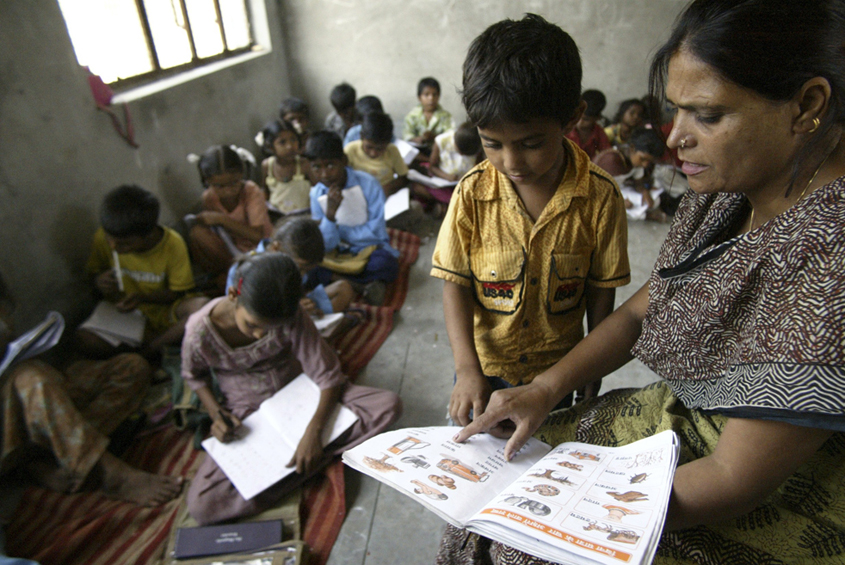The Union Ministry of Minority Affairs has accepted the recommendations of a panel, constituted in December 2016, to prepare a detailed road map for improving the literacy rate of the minorities. The initiative is likely to give a major fillip towards the large scale educational empowerment of the minorities in the country.
The 11-member committee was constituted by the general body of the Maulana Azad Education Foundation (MAEF), a society functioning under the Ministry of Minority Affairs, with the objective to formulate and implement educational schemes and plans for the benefit of the educationally backward minorities. It was headed by former 1979 Bihar cadre IAS officer, Afzal Amanullah and included educationists, former Members of Parliament and bankers.
As per its recommendations, 211 Central schools, 25 community colleges and five national colleges would cater to specific streams and subjects that would be set up in minority dominated and concentrated districts. The report states that 211 Central schools will be set up—one in each minority concentrated block, in each of the 167 identified “Minority Dominant and Minority Concentrated” districts, and one in each of the 44 identified “Minority Dominant & Minority Concentrated Cities” across the country. These Central schools will be patterned on the model of the Kendriya Vidyalaya/Navodaya Vidyalaya.
Keeping in mind the specific needs of the students, the committee has recommended that the school timings should be from 9.30 a.m. so that children who are interested in going to madrasas/pathshalas etc., can do so before 9.30 a.m.
As per its recommendation, 25 community colleges, one each in minority concentrated cities in each of the 25 states identified, will be set up to make sure that the minority students have ample opportunity to pursue higher education and move beyond school. With the objective to impart professional education, the committee has recommended the establishment of five institutes that will be called “national institutes”, in the following spheres: (a) science and technology, (b) health and allied sciences, (c) architecture planning and design, (d) climate change and disaster management, and (e) renewable energy and food security.
As per the report, the literacy rate amongst Muslims was the lowest compared to all other communities. The report highlighted the need for a massive impetus on the educational empowerment of the Muslims. It said that Muslims are educationally the most disadvantaged community in India. Besides economic reasons, low accessibility to educational institutions has been attributed as a major cause for the backwardness of the community.
The literacy rate among Muslims in 2011 was 68.53%, against the national average of 72.98%. The same is also evident when it comes to higher education. While only 7% of the population aged 20 years and above are graduates or diploma holders, this proportion is less than 4% among Muslims.

